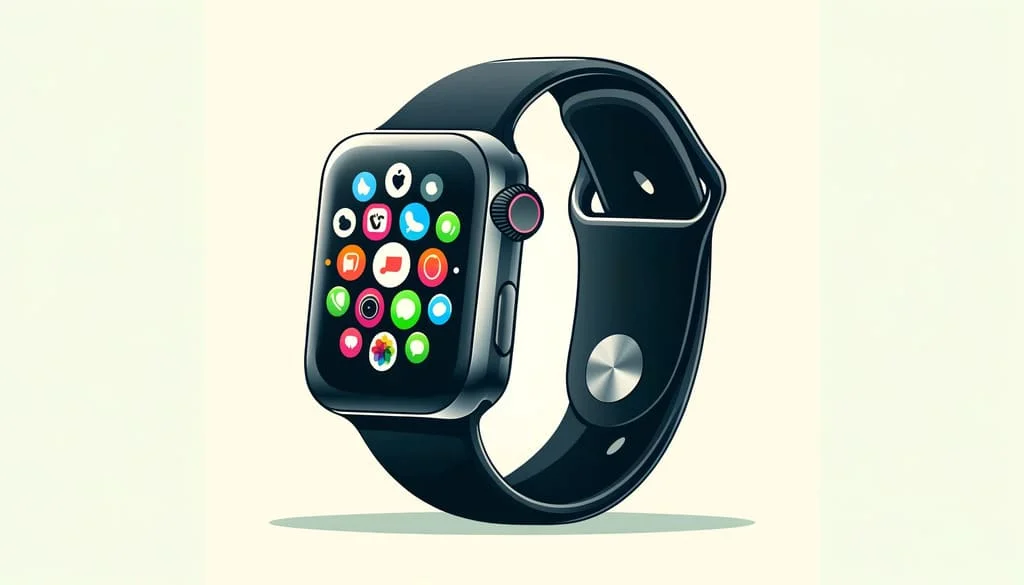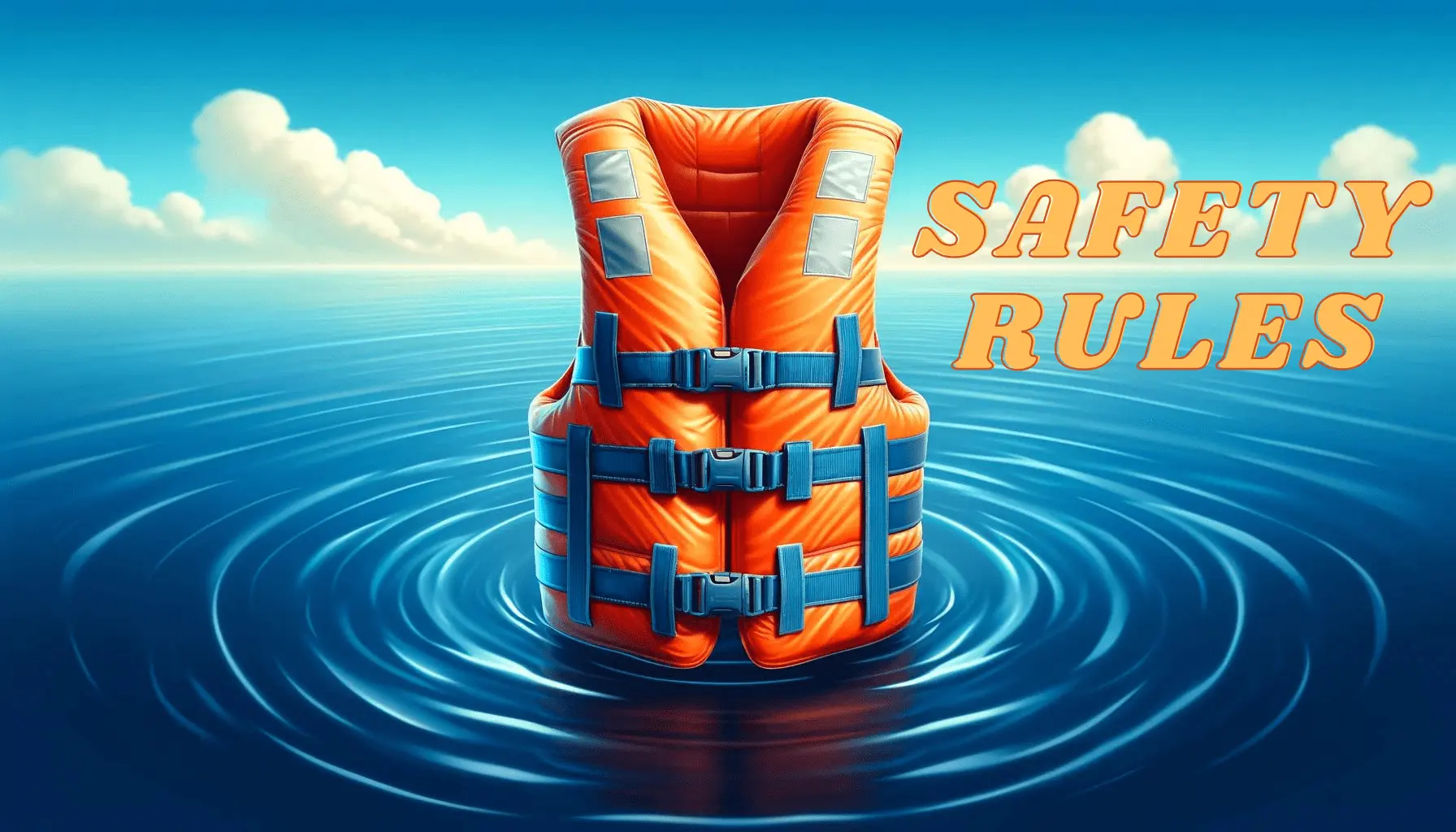When you’re going out on a long kayaking adventure, especially during scorching summer days, heatstroke and dehydration can be real threats that pose serious risks. The solution? A trusty cooler that keeps you hydrated and refreshed. So, figuring out how to carry a cooler on a kayak becomes a key consideration.
But what if there’s limited space on your kayak, and dragging a cooler along just isn’t practical? Don’t fret, as there are several safe and convenient ways for you to carry a cooler without risking a capsized kayak or lost or damaged gear and belongings.
You can try placing it behind the kayak’s seat, under the seat, on the side, or by exploring floating cooler holders. This post will delve into these suggestions, so stick around to find a method that works for your unique situation.
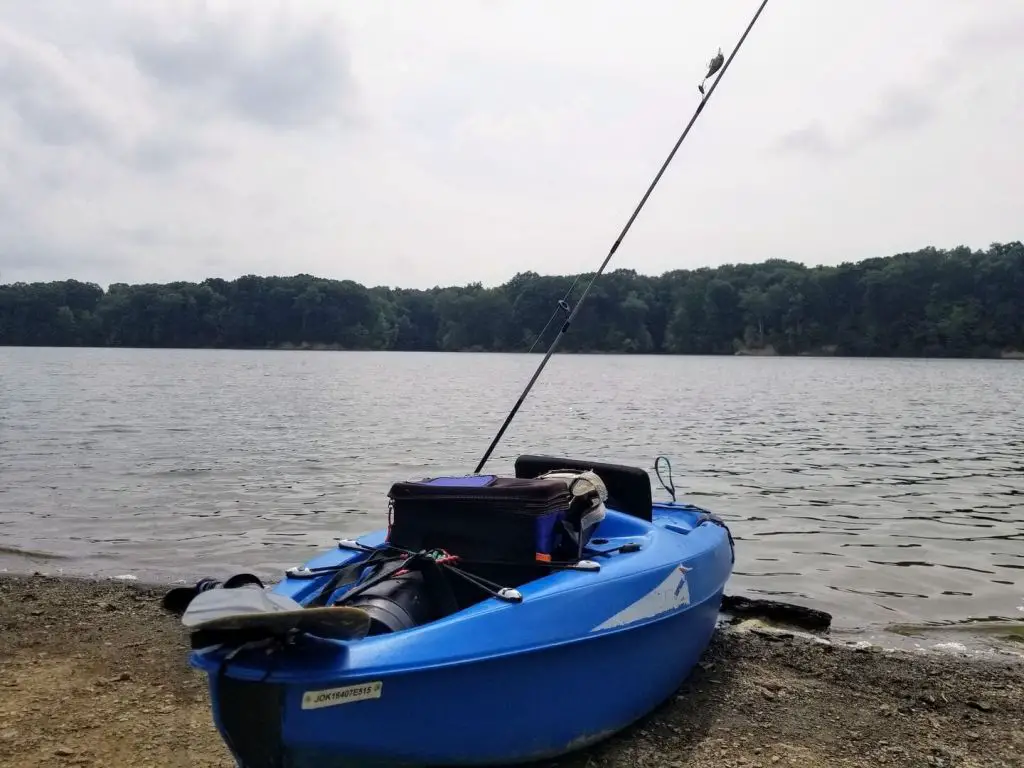
Choosing The Right Cooler
You don’t want to make the mistake of bringing an ice chest or cooler that fails to keep your catch cold while fishing or your drinks cool on a hot day. That’s why choosing the right cooler for kayaking should begin with knowing your specific needs.
There are quite a variety of kayak cooler options, each serving different purposes, so before deciding, consider factors like weight and size, additional features such as straps and ice packs, and insulation levels.
Size And Weight Considerations For Coolers On Kayaks
When it’s time to select a kayak cooler for your kayak, you have to carefully consider its size and weight. You must ensure that the cooler’s dimensions are compatible with your kayak to ensure a proper fit.
Bulkier kayak coolers are better suited for the slightly heavier sit-on-top kayaks, as they take up more space. These bulkier options offer advantages such as larger storage capacity and improved insulation, which make them great for longer kayaking trips, especially fishing kayaks.
However, for lighter kayaks like sit-on-top or inflatable kayaks, carrying these larger coolers may not be practical because of their size and weight. So try to strike a balance between its storage capacity and insulation and its suitability for your kayak type when choosing the right kayak cooler.
Don’t forget that there is also an option to make your own DIY kayak cooler. You will be able to make a cooler with the best dimensions that will perfectly fit your kayak.
Different Types Of Coolers: Pros And Cons
We can now take a look at the various cooler types you may want to consider, along with their respective pros and cons.
Traditional Hard-Shell Coolers
The traditional hard-shell cooler is a really popular choice for kayaking, although it can be heavy and somewhat expensive.
It is best suited for sit-on-top kayaks rather than sit-inside models because it’s so bulky. However, when it comes to ice retention and keeping your stuff cool for longer, hard-sided kayak cooler bags take the lead.
Hardshell kayak coolers are designed with closed-cell foam insulation and a rubber seal between the lid and the box, which makes them effective at trapping cold air inside.
With this efficient insulation, your ice can last for hours, and so it is perfect for preserving your packed food, cold drinks, and even live bait for fishing or your day’s catch during your kayaking trips.
Soft-Sided Coolers
The soft-sided cooler bag has the advantage of being compact and easily portable compared to its hard-shell counterparts. It fits well in the dry hatches of sit-in kayaks and can also be accommodated in the tank well of most fishing kayaks.
While it is certainly the more cost-effective option, it may not provide the best insulation. If you’ll be out fishing or kayaking for several hours, it won’t keep your drinks or fish cool for long, if at all.
It is recommended to carry the soft sided cooler models when going on shorter trips or when the weather is not excessively hot. While it most likely won’t keep your ice frozen for an extended period, it can help maintain some coolness and preserve your items for a reasonable duration. But they’ll make the trip safer and less tedious.
Inflatable Coolers
Yes! Inflatable kayak coolers really do work. It would help if you went for heavy-duty materials, and don’t forget to read reviews to find a durable option that will last.
Inflatable coolers have a set of unique advantages that make them a viable choice for your shorter kayaking endeavors. For one, their standout feature is their incredible portability. Being lightweight and easily inflatable, you can effortlessly store them, carry them along, and set them up when you need to use them.
Inflatable coolers not only offer affordability but also surprising storage capacity. You may be thrown off by their compact appearance, but some can hold up to 30 beverage cans, so you can keep a variety of refreshments chilled during your kayaking adventures.
But the one pro is that they’ll need more ice to keep your drinks cooler on a hot day. And, with so many options available, it could be challenging to determine which ones are worth your attention and investment, so take the time and see what the reviews say.
How To Carry A Cooler On A Kayak? Check Out Our Ideas
As we have shown you, kayaks are indeed capable of conveniently carrying coolers. The method of doing so will vary depending on the type of kayak and cooler you have. It shouldn’t be too complicated to strap down your cooler to your ‘yak, and in the next section, I will show you several practical places you can try.
On The Side Of The Kayak
Strapping a cooler on the side of your kayak can offer convenient access to your gear and provisions, but it’s important that you consider a few factors. You’ll need to balance the weight for safety and maneuverability.
This method is suitable if you’re carrying less bulky kayak coolers or kayaking on calm waters, but be cautious about overloading one side so as not to cause your kayak to tilt or even tip over, especially when on the seashore or in choppy waters.
For stability, you’ll have to use specific paddling techniques and strive to maintain proper balance. If you’re carrying other items on your kayak, distribute the weight evenly. You can even hang another cooler on the opposite side to maintain equilibrium, if that’s an option for you.
Please keep in mind that this carrying method can be a bit challenging and requires your attention. If your kayak is too small for even soft-shelled coolers, hanging them on the side may be doable if you strap it up well and distribute the weight.
To strap it up safely, you should utilize the buckles or eyelets on your kayak to secure the cooler by running a velcro strap through its buckles. You can also make use of the cooler’s shoulder strap for added convenience.
Behind Your Seat
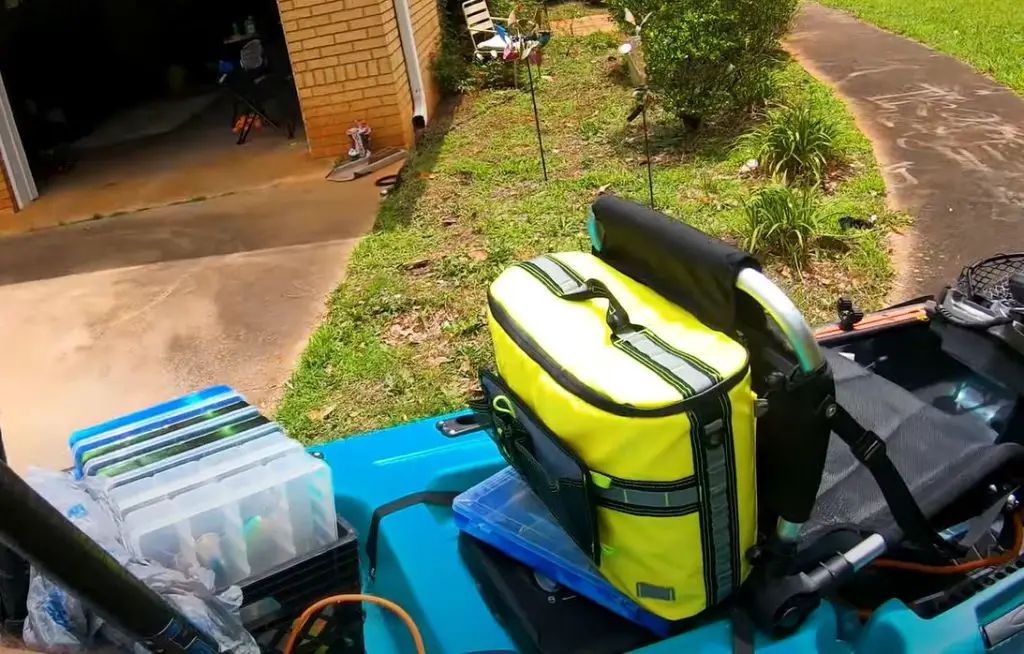
Securing a cooler on the back of a kayak seat is the most preferred and common way to carry it, more so for people with larger kayak coolers like the hard shell models. However, you’ll need to think of the cooler’s accessibility, as it may be a bit challenging in this position.
For those with lightweight kayaks or boats, a tow-behind cooler is a great option. It not only saves space but also offers a higher carrying capacity compared to other cooler types. We recommend this one for kayak anglers who already have limited storage capacity for their fishing gear and other stuff. Adding a bulky cooler might not be ideal in such cases.
If you’ve installed a padded kayak seat with a detachable storage bag behind it, you can utilize this space to hang your cooler. Remove the dry bag if you don’t need it, and keep and make use of the cooler’s padded shoulder strap. Some coolers even come with backpack straps that can be worn conveniently behind your backrest.
Whether you go for an ice chest or a soft kayak cooler bag will depend on your available space and specific requirements.
You always have to use straps to secure the cooler safely in place, and consider placing a rubber cloth underneath it to maximize friction and reduce movement as you cut through water.
Below Your Seat
Placing a smaller cooler below your kayak seat can offer stability and still preserve your comfort and leg space. You also won’t have to worry about balance as much.
For those who have kayaks that come with adjustable seat heights, you get the advantage of creating space for the cooler beneath your seat. You’ll have easy and convenient access to your refreshments during your kayaking excursions.
This position is particularly beneficial for sit-in kayaks, where space behind the backrest may be limited. By placing a smaller cooler under the seat, you can ensure it doesn’t interfere with your comfort.
Soft-sided coolers are especially well-suited for this because their flexible design allows for easy compression, packing, and fitting under the kayak seat. They’re specifically designed to adapt to tight spaces, so they won’t obstruct your seating position.
However, some hard coolers also come in narrow enough sizes that they can be conveniently placed beneath the seat for a secure and space-efficient storage solution for your kayak trips. Do proper research before you buy one (preferably waterproof), and remember to confirm that it fits your kayak’s dimensions.
Use A Floating Holder For Your Kayak Cooler
If carrying an ice chest cooler on your kayak seems challenging, opting for a cooler holder could be a better solution.
A cooler holder that you attach to your kayak provides a secure and convenient way to transport your cooler. It’ll distribute the weight and ensure that the cooler remains stable, even when rocked by the movements of the kayak.
When using a tow-behind cooler, check for any tear or damage that could compromise its balance, since this type of cooler is more susceptible to whiplash caused by the ‘yak’s movements. Most tow-behind coolers come with built-in holders, but if yours doesn’t, you can just buy separate bungee cords.
Just tie the rope to the tail of your kayak, secure the cooler holder in place, and you’re ready. But remember to take into account the weather and water conditions in the place you’ll be kayaking.
Strong winds, rough waters, or turbulent conditions may likely affect the stability of the floating holder and your kayak, so exercise caution and adjust your setup accordingly.
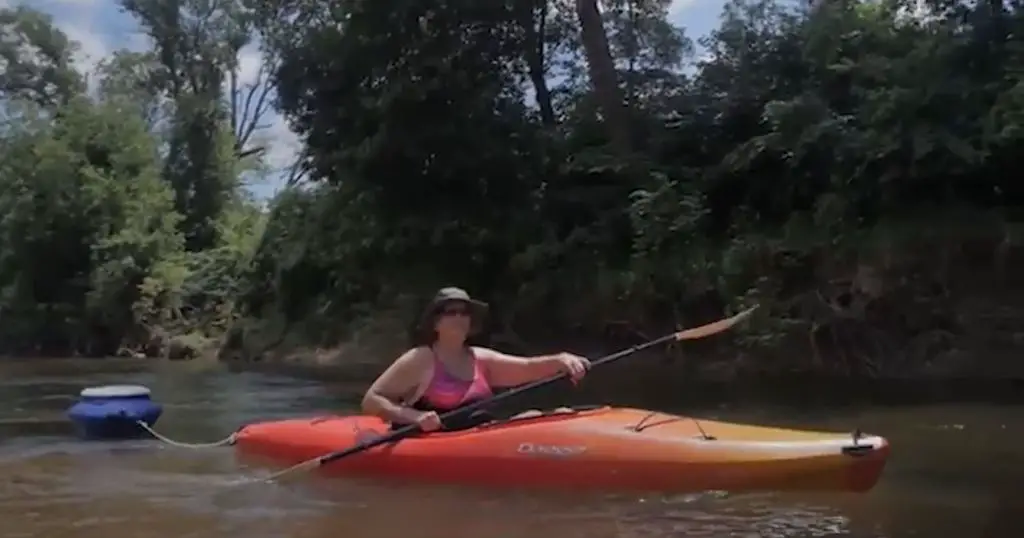
Maintaining Your Cooler During Your Kayaking Adventure
The last thing you want is to drag along a bulky cooler that doesn’t serve its purpose, so pay attention to make sure you maintain it well.
How To Keep Your Cooler Secure And Cold Throughout The Day
Firstly, ensure that your cooler is securely strapped down. Your boat may be shaken up, and that’ll prevent any unfortunate accidents or spills. So use reliable and sturdy straps or bungee cords and fasten the cooler tightly to your kayak to navigate even on rough waters.
Let me now share how to maximize the cooler’s cooling potential. Before you pack your food or drinks, it’s a good idea to pre-chill them. If your food and drinks are already cold, this will help maintain a lower temperature inside the cooler for a longer time.
When placing ice in the cooler, start by creating a solid base of ice at the bottom. Then, strategically layer your items with ice to ensure they are well-covered. This should keep your provisions cooler for longer.
Store your cooler in a shaded and cool location, away from sunlight and hot areas, to preserve the cooling efficiency so the contents won’t warm up quickly.
Try using larger ice forms, such as cubes or block ice, instead: they melt slower compared to crushed ice.
Also, try to avoid opening the cooler lid unnecessarily or for prolonged periods. Each time you open the lid, cold air escapes and warm air enters, and that affects the overall temperature inside. So remember to close the lid promptly after retrieving what you need.
And lastly, take special care to protect perishable foods and your day’s catch by ensuring they are properly sealed or stored in leak-proof containers. You’ll be glad you did.
Managing Trash And Leftovers On A Kayaking Trip
I hope you’re all for responsible waste management during your kayaking trip. If you’re a real nature freak, I know you are. Always carry dedicated trash bags or containers specifically for leftovers and empty containers.
When you do so, you minimize your impact on the environment and keep the natural beauty of the waterways intact. Dispose of the trash properly in designated waste disposal areas, for the preservation of waterways for future kayakers.
Cooler Alternatives For Kayaking
If the methods mentioned above aren’t practical for you, I have two more alternative suggestions for you:
Insulated Dry Bags: A Lightweight Alternative
Yes! Insulated dry bags actually work as well. They’re great for carrying perishables and also double up as a waterproof storage option for your gear.
They feature a dense foam core layer that effectively maintains the temperature of food and drinks. By preventing heat transfer from the contents to the outer layer, the foam layer preserves the surrounding temperature, keeping the items inside the bag either warm or cold.
I’d recommend these if you have a light kayak and your excursion won’t be that long since their insulation capability pales in comparison to the alternatives I mentioned earlier.
Soft-Sided Coolers: Pros And Cons For Kayaking
Soft-sided coolers are light, easy to carry, and fit nicely into tight spaces. However, they provide less insulation compared to hard-shell models. They may not be for you if you’ll be out fishing for a while.
We have found that the ideal size for a versatile cooler option is typically around a 20-quart capacity. This size is suitable for most sit-on-top kayak storage wells, which makes it easy to secure the cooler in place.
You’ll find that a 20-quart cooler on a kayak offers sufficient storage capacity for your cold drinks, packed food, bait, and even most catches. It strikes a balance between being compact enough for easy transportation from your vehicle to your kayak while providing ample space for your refreshments and kayaking or fishing essentials.
Summary
If you find yourself with limited space on your kayak and face the impracticality of dragging a cooler along, there are several convenient methods for carrying a cooler that won’t put your kayak, gear, or provisions at risk of being damaged while ensuring your cooler works fine.
You could place it behind the seat, under the seat, on the side, or use floating cooler holders. As always, take into account your kayak’s dimensions, available space, and the cooler’s weight and size to find a way to carry it that doesn’t obstruct your movements and maintains balance.
Revisit these options, and after assessing your unique situation, you can find a suitable method for safely carrying your cooler on your kayak.
